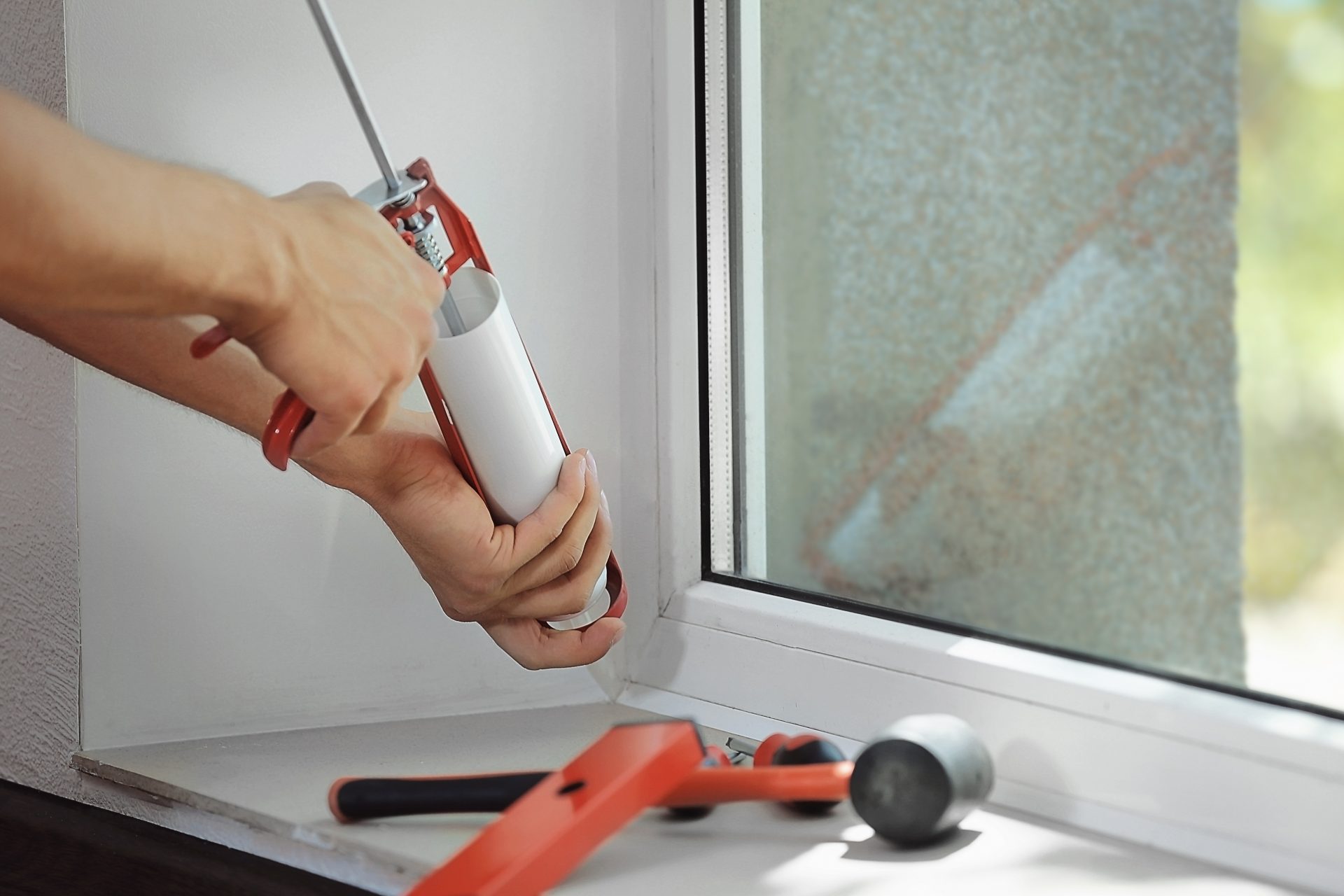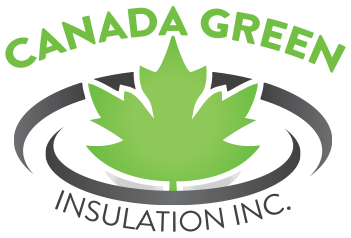AIR SEALING, VAPOR BARRIERS, AND ACOUSTIC
VAPOUR BARRIERS
ACOUSTIC INSULATION
A vapor barrier is an essential component in your home’s insulation system. It helps prevent moisture from migrating through walls, ceilings, and floors, protecting your home from mold growth, wood rot, and other moisture-related issues. When installed correctly, vapor barriers help maintain a dry and healthy living environment by keeping excess humidity from reaching areas like your attic, which can significantly improve your home’s energy efficiency.
For attic insulation, a vapor barrier should be installed on the warm side of the wall (or ceiling), typically between the insulation and the interior drywall. This prevents warm, moist air from entering colder areas of the home, where it could condense and cause damage. Vapor barriers also work to ensure that insulation performs optimally by preventing moisture build-up that can reduce its effectiveness.
Acoustic insulation plays an important role in reducing noise transmission between rooms or from the outside. Whether in walls or attics, soundproofing insulation absorbs sound and prevents it from passing through to other areas of the home, helping create a quieter, more comfortable living environment.
In walls, acoustic insulation is used to reduce sound from traffic, conversations, and other external noises. In attics, it helps mitigate sound from airborne noises, such as voices or music, traveling through the roof. Dense materials like cellulose or fiberglass are commonly used in soundproofing applications because of their ability to absorb sound waves and minimize reverberation.
At Canada Green Insulation Inc., we ensure that your home is not only energy efficient but also acoustically optimized, so you can enjoy both quiet and comfort. Whether you need a vapor barrier for moisture control or acoustic insulation for soundproofing, our team can guide you on the best solutions to enhance your home’s insulation and overall comfort.

BENEFITS OF AIR SEALING
Air sealing the attic helps improve energy efficiency by preventing warm air from escaping in winter and cool air from escaping in summer. It also reduces the risk of moisture problems and enhances the overall performance of insulation, making your home more comfortable and cost-effective.
Air sealing techniques involve identifying and sealing gaps, cracks, and openings that allow air to leak in or out. Common techniques include:
- Weatherstripping: Applying strips around doors and windows to seal gaps.
- Caulking: Using a sealant to fill cracks and gaps in walls, windows, and other openings.
- Foam Sealant: Spraying expandable foam to fill larger gaps and penetrations.
- Attic Hatch Sealing: Ensuring the attic access hatch is properly sealed with weatherstripping.
- Ventilation Sealing: Sealing around vents and exhaust fans to prevent air infiltration.
- Electrical and Plumbing Penetrations: Sealing openings around wiring and plumbing where they enter the home.
Request Your Free Quote Today!
Please fill out the form below and one of our specialist will contact you.
Better to see you in person!
We value our customers! We’ll visit your home for a professional assessment, discuss your options, and answer all your questions – all for FREE.
Our Work
Where Comfort Meets Efficiency
